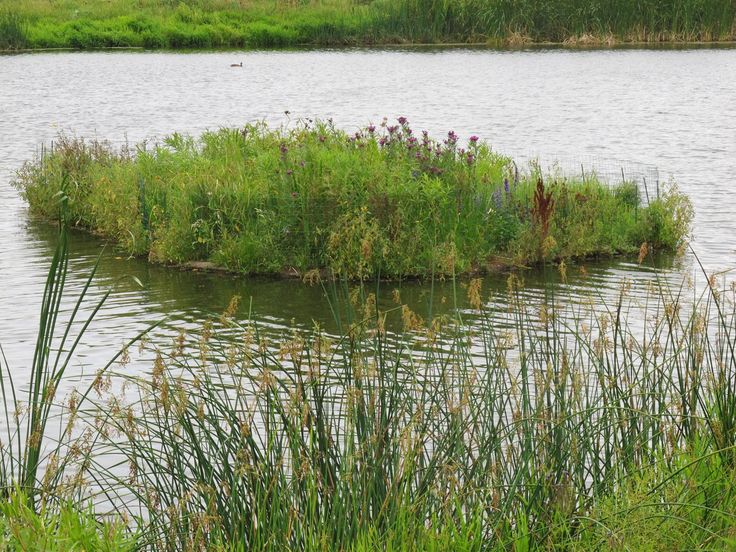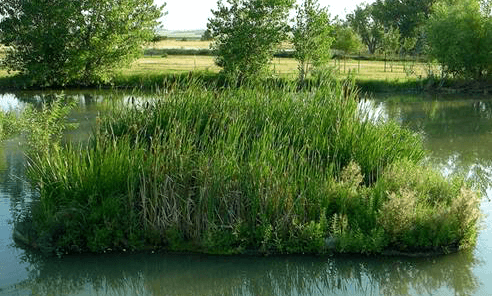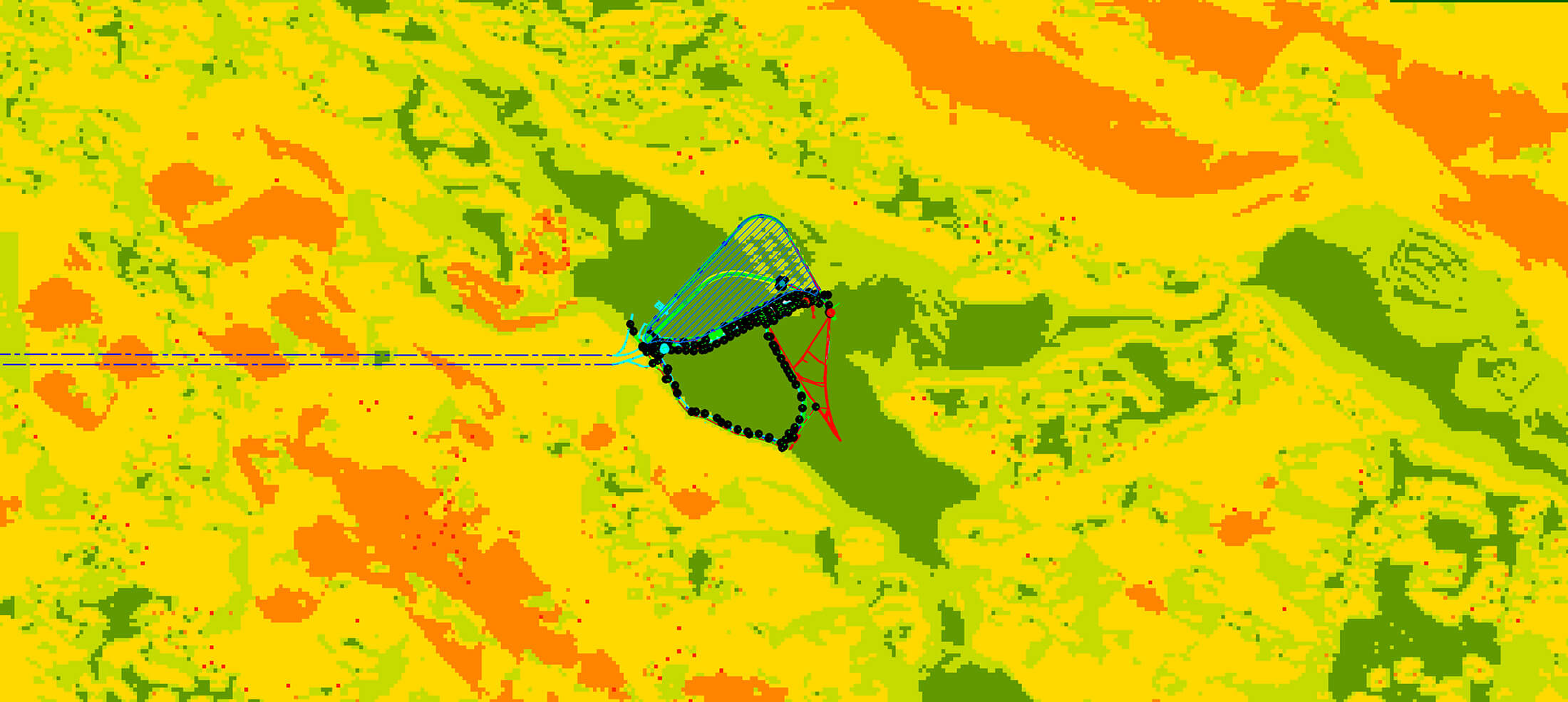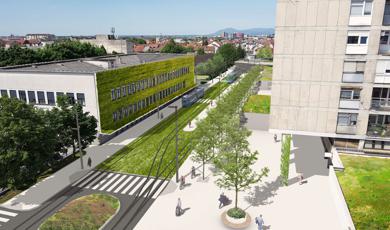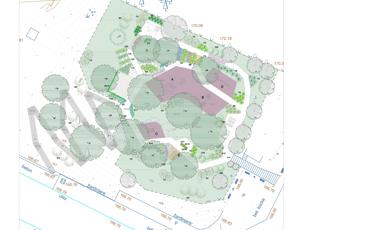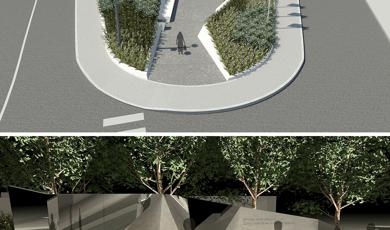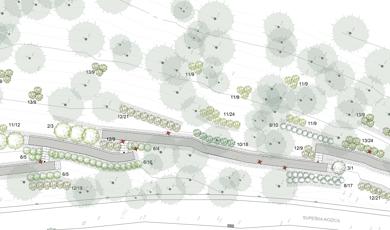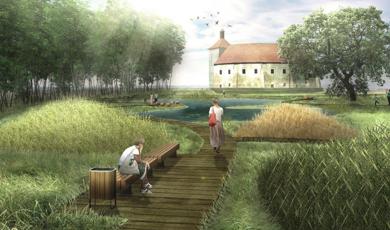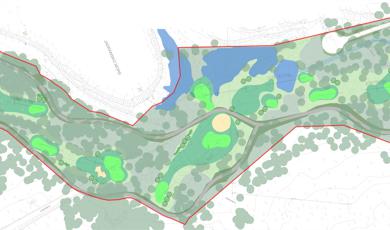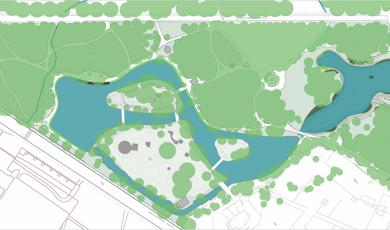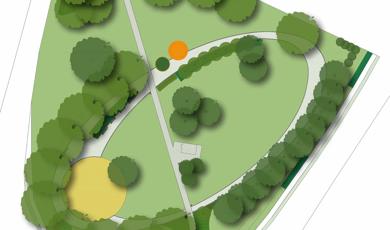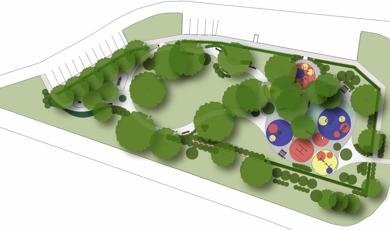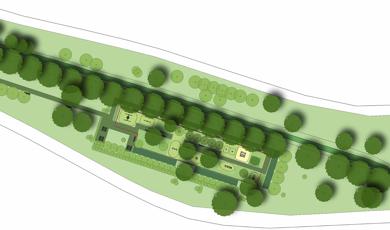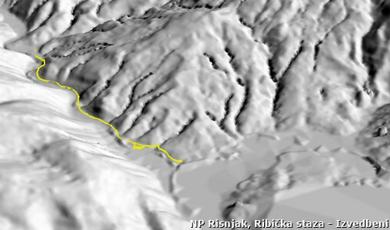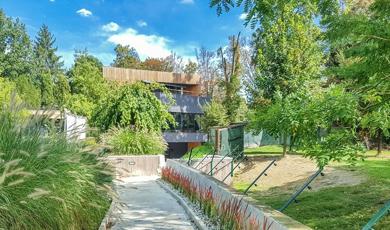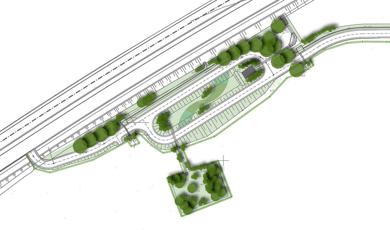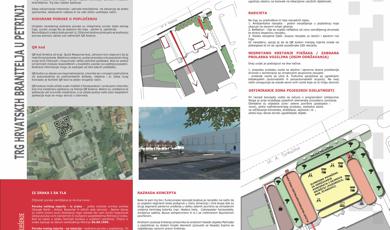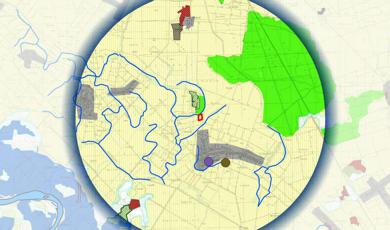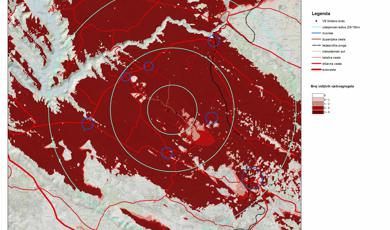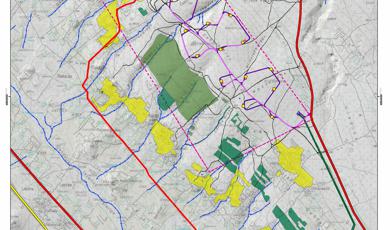Biodiversity
Biodiversity is overall diversity of all living organisms that are integral parts of ecosystems, and includes diversity within species, between species, life communities and diversity of ecosystems.
Main reasons for biodiversity reduction are habitat change (destruction, reduction in size, environmental pollution), excessive utilization of natural resources (poaching, logging, harvesting), introduced (alohtone) species and secondary extinction (loss of species caused by a loss of another species). The loss of biodiversity negatively affects humans. In order to slow down the disappearance of species on Earth at the level of individual countries, but also at international level, regulations and measures are taken to protect species and their habitats.
Bioengeneered revitalisation
The Bioremediation Island, an artificially shaped island where wetland plants have been planted to create conditions conducive to purifying water, is a complex integrated system in which water, plants, animals, microorganisms and environmental factors improve water quality. The presence of plants is the basis for establishing a heterogeneous environment that makes the system efficient by chemical or photochemical processes. In tge process of removing total nitrogen the plants have more physical than biological role because microorganisms planted on the roots contribute more to nitrogen removal than assimilation by plants does. The active reaction zone is the root zone or rhizosphere. This is the place where physical-chemical and biological processes take place, stimulated by interactions of plants, soil, microorganisms and pollutants. Emulating processes that take place in natural water systems, the bioremediation island provides shelter for a large number of animal species, especially birds nesting on the ground. Due to distance from the coast, human activities cannot disturbe the animals, which contributes to the importance of the bioremediation island.
Geodiversity
Geodiversity is the overall diversity of landscapes, shapes and processes on the Earth's surface and in its interior (geotope, geosphere) that includes their features, relationships, and systems. There is geological, geomorphological and pedological diversity. Our approach to geodiversity is from a geo-ecological aspect where it is a concept that seeks to optimize the use of space by recognizing and protecting the natural (abiotic) features.
Geo-ecology is an applied landscape science (seen as environs of life and work of man and other organisms) whose purpose is to research and define the ecologically optimal organization of use and protection.
The ultimate goal of geoecological evaluation is to protect recognized values allowing for the maximum benefit for man and his activities.
Geodiversity valorization is carried out at the following levels:
- An overview of geodiversity in the certain space that includes exploration and tracking of geological components in their range and variety. Overwiew contains a descriptive report with photographic documentation, graphical attachments and all relevant information and references.
- An action plan for geodiversity is developed as an instrument to recognise, promote, conserve and mange geological resources. The action plan process includes reviewing, planning and prioritizing measures. Such action plans are made for individual localities, projects, areas of local self-government units, national parks or the whole region.
- The geoconservation project is designed for spatial units in which geoconservation potential is recognized. The project can include a proposal for geoconservation work and exploitation of geotouristic potential (access roads, wiewpoints, gazebos, rock parks, educational paths, stabilizations).
- Developing a chapter on geodiversity within the EIA and Strategic EIA for the needs of which inventory, quantification, visualization and geodiversity valorisation is carried out.
These activities are carried out in accordance with the Nature Protection Law (official gazette 80/13) and the Strategy and Action Plan for the Protection of Biological and Landscape Diversity of the Republic of Croatia (official gazette 70/05) whose strategic goal is to preserve geodiversity and geotope as one of the preconditions for biological and the landscape diversity and the unconventional geomorphological and geological heritage of Croatia "in situ" and "ex situ".
Some of the analyzes carried out for geoecological evaluation are:
- Inventory of abiotic space elements
Creating a digital geomorphological database and classifying geomorphological forms and processes, hydrographic and pedologic elements of space.
- Relative evaluation method
Relative evaluation method consists of three stages: the elements of space are ranked, included in the rating categories and at the end - core benefits of the total landscape are evaluated.
Landscape diversity
Nature protection Law (Official gazette 80/13)
Landscape diversity is the structure of space created by the interaction of natural and/or created elements of certain biological, climatic, geological, geomorphological, pedological, cultural-historical and sociological features.
Landscape protection implies the planning and implementation of measures which prevent unwanted changes, disturbance or destruction of landscape features, including those based on its linear and continuous structure and functions essential for the migration, spreading and genetic exchange of species, their diversity, exceptionality and cultural values, as well as providing sustainable multifunctional and / or traditional ways to utilise landscapes.
Landscape protection is based on the classification of landscapes to landscape types according to their natural and / or created features and the structuring of interconnected and multifunctional networks of green / landscape infrastructure at local, regional and national level.
.jpg)
